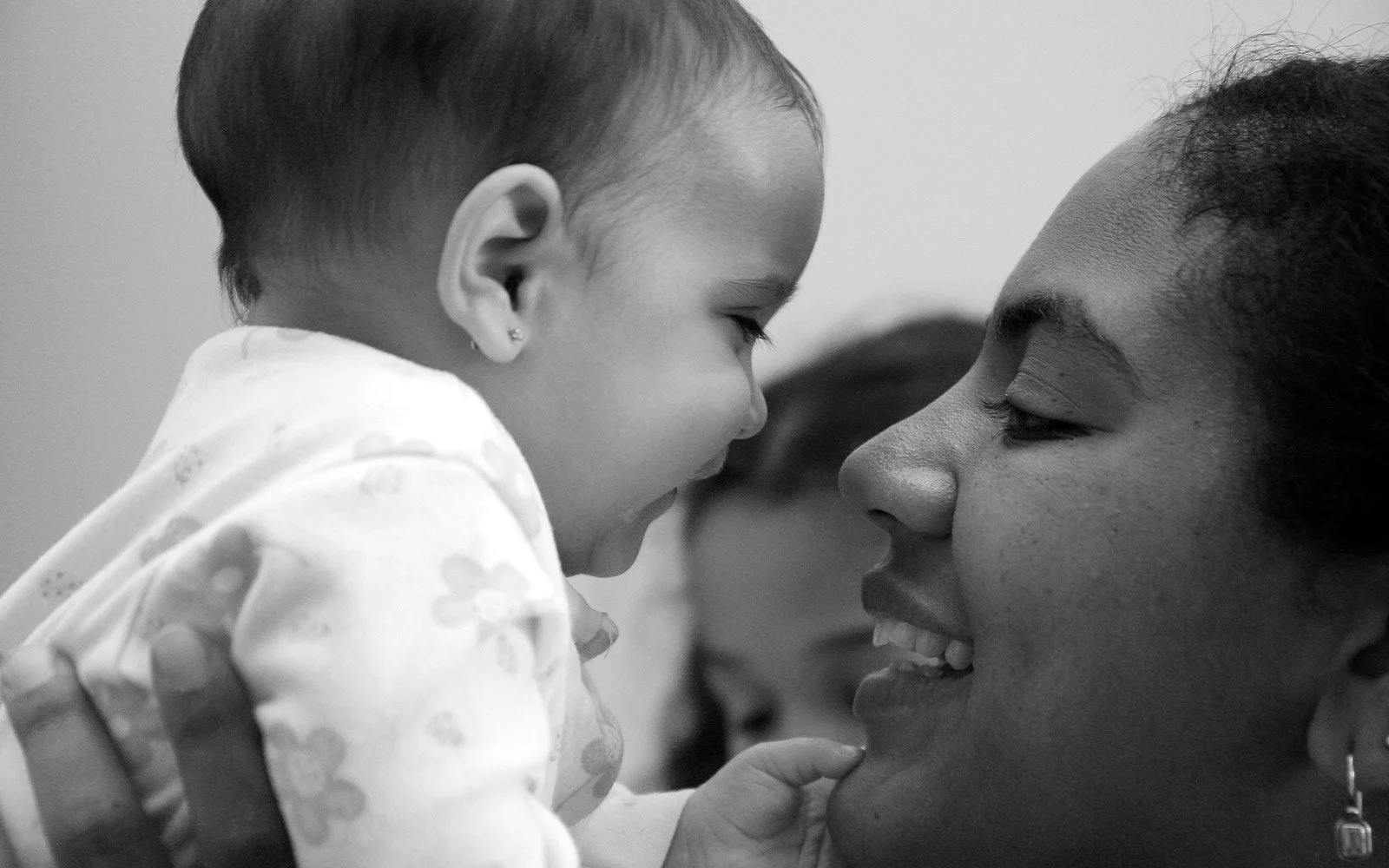
BASIC NEEDS
Throughout history, children were thought of as miniature adults who simply needed food, water and protection in order to physically mature into adulthood.
However, in the past century psychologists discovered (thankfully) that infancy and childhood were critical developmental periods.
During these years we need parents to actively and purposefully care for us so that we can mature into productive and emotionally healthy adults capable of loving relationships (friendship, parenting, or intimate bonds), of having meaningful working lives, and healthy recreational interests.
In Pesso Boyden System Psychomotor (PBSP), there are five basic needs.
Place
and
Belonging
Nurturance
Support
Protection
Loving
Limits
In PBSP, basic needs are initially met in a literal way, then in a symbolic way, and finally the young adult is able and equipped to meet their own needs.
Let’s look at each of these basic needs to see how this occurs..
-
In the best of circumstances, parents are intentional about bringing a child into the world and are committed to providing a loving, stable home.
The literal meaning of place and belonging begins in the womb, where, ideally, all the needs of the fetus are met so it can develop into a healthy newborn.
As the child grows, the symbolic need for place and belonging is fulfilled through loving interactions that communicate, “You are wanted here.” This message is most powerfully expressed through a parent’s gaze — when a mother or father looks into their child’s eyes and truly sees them, offering warmth through smiles, coos, and gentle words.
Each of these loving exchanges strengthens the child’s sense of being seen, wanted, and cared for. Over time, these early experiences form the foundation for an adult who feels at home: in their family, in their community, and most importantly, within themselves.
-
The basic need of nurturance begins in the earliest moments of life, when a mother tenderly holds her infant to her breast or puts a bottle to their lips. The baby drinks, feels satisfied, and experiences warmth, fullness, and safety within her arms. These early moments communicate not just physical care, but deep emotional comfort and connection.
Symbolically, nurturance continues through loving attention to a child’s inner world — through words, tone, and gestures that soothe and respond to their needs.
For example:
“Oh honey, you fell and need a bandage for your scraped knee. Let me fix that for you.”
Such interactions teach a child that their pain matters, that care is available, and that comfort can follow distress.
As the child matures into adulthood, this foundation allows them to nurture themselves — by eating well, resting, exercising, and tending to their emotional and physical wellbeing.
-
From the earliest days of life, infants experience literal support through the physical act of being held and carried. The head, back, buttocks, thighs, and feet all require steady, gentle support to provide comfort and stability.
As the child grows, symbolic support develops through consistent interactions that communicate reliability and trust. These moments tell the child, “I’ve got you. You can count on me.”
For example:
“Sweetie, I’ll pick you up after school today.”
When caregivers follow through on their promises, the child learns that people, and the world, can be dependable.
In adulthood, this translates into the ability to support oneself: financially, emotionally, and socially. Individuals can then meet their own responsibilities while maintaining healthy, reciprocal relationships built on mutual trust and care.
-
From birth, infants and children are soft, fragile, and deeply vulnerable. Their need for protection must be met by parents who keep them safe, shielding them from the elements, from physical danger, and from harm at the hands of people or animals.
On a deeper level, children also require symbolic protection, the felt sense that their caregivers are watching over them, safeguarding both their physical and emotional wellbeing. When parents consistently act in ways that honor a child’s safety and boundaries, the child learns that the world is a place where they can take risks, grow, and still feel secure.
As these children mature into adulthood, they develop the capacity to protect themselves by making healthy choices, setting boundaries, and caring for their own physical and emotional welfare.
-
Within each of us are powerful energies, the capacity to create and to destroy. These energies are expressed through both sexuality and anger. While vital to life, these forces they require guidance and containment to become constructive.
Parents must set loving limits so that children learn to understand and express these strong emotions in healthy, age-appropriate ways. At the same time, children need help naming and expressing these feelings without shame.
The symbolic fulfillment of loving limits occurs when parents teach their children to embrace their gender identity with confidence and to interact with others in respectful, age-appropriate ways. Anger is acknowledged and guided rather than punished. Thus the child learns fairness, justice, and empathy for others and for themselves.
As adults, individuals who have experienced loving limits develop healthy boundaries in their relationships. They are able to express anger appropriately, reducing the risk of depression and abuse, and they express sexuality in ways that promote mutual respect, intimacy, and emotional health.
